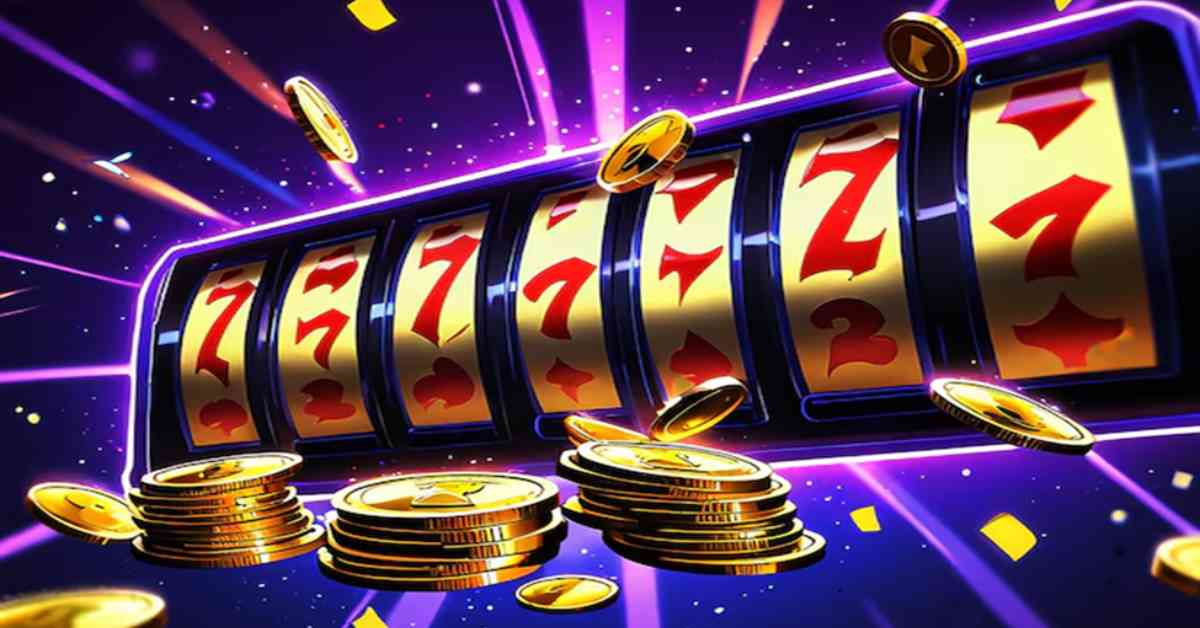Unpacking the Psychology Behind Slot Game Symbolism and Player Engagement

Slot games have evolved dramatically since their inception. What began as simple mechanical devices with a handful of symbols has become a sophisticated online entertainment experience designed to captivate players through intricate visual designs, sounds, and game mechanics. One of the most fascinating aspects of this evolution is how symbols are used not only to structure gameplay but also to influence player psychology and engagement. The intricate use of symbols—be they fruits, bar icons, or immersive, themed imagery—plays a significant role in keeping players engaged and, in many cases, returning for more.
This article unpacks the psychology behind slot game symbolism and how it fosters player engagement.
The Evolution of Slot Symbols: From Bars to Immersive Icons
The Roots of Slot Symbolism
Slot game symbolism has humble beginnings. The first slot machine, created by Charles Fey in the late 19th century, featured a few mechanical reels with simple symbols, such as horseshoes, bells, and card suits. These early symbols were straightforward for players to understand, focusing primarily on aligning the reels to secure a win.
The “Liberty Bell” slot machine by Fey also introduced one of the most iconic symbols in slot history—the bell. The game’s simplicity and symbolism laid the foundation for modern slot machines. Over time, slot game symbols began to evolve, incorporating fruits like cherries and lemons.
These were a nod to the early days of online slot gacor malam ini games when payouts sometimes came in the form of fruit-flavored chewing gum rather than cash. The bar symbol, another staple, is said to have originated from the logo of the Bell-Fruit Gum Company, further highlighting the historical connection between slot games and candy rewards.
The Shift to Themed Symbols
While classic symbols like fruits, bars, and bells remain in use, modern slots have embraced more thematic and intricate iconography. Developers now draw inspiration from popular culture, movies, mythology, and history, creating an array of thematic symbols that add narrative depth to the games. Today, players can find slots based on Egyptian mythology, Norse gods, space adventures, and even famous movies like Jurassic Park or Game of Thrones.
This thematic shift is not arbitrary—it taps into the psychology of player engagement by creating a sense of familiarity and excitement. Players are more likely to engage with a game that resonates with their interests or personal tastes, whether it’s through cinematic imagery or familiar characters. These visual elements, tied closely to the game’s theme, give players a sense of continuity and immersion, making the gameplay experience more enjoyable.
The Psychological Appeal of Slot Symbols
Symbolism and Reward Anticipation
One of the key psychological triggers that slot symbols rely on is reward anticipation. Slot games are built around variable rewards—a concept tied to the unpredictability of when and how often a player will win. This concept is linked to what psychologists call the “dopamine loop.” When players see familiar or rewarding symbols, their brains release dopamine, a chemical associated with pleasure and motivation. This release not only encourages continued play but also heightens anticipation as players wait for the next potential win.
The Role of Color and Design in Symbolism
The design and color of symbols also play a major role in their effectiveness. Bright, vibrant colors attract attention and create a positive association with the game. For instance, red and yellow are often used in slot symbols because they are associated with energy, excitement, and happiness. These colors stimulate the brain, creating an atmosphere of thrill and anticipation. Darker tones, used sparingly, can add contrast and create suspense or intensity, especially in themed games with a more serious or adventurous tone.
Conclusion
The psychology behind slot game symbolism is a carefully crafted mix of visual appeal, emotional engagement, and cognitive stimulation. From the early days of mechanical slots with simple fruit and bell symbols to the immersive, themed symbols of modern online games, the use of imagery in slot games has evolved to keep players engaged on multiple levels. Symbols do more than just fill the reels—they tap into the brain’s reward systems, stimulate emotional connections, and provide comfort through familiarity.
